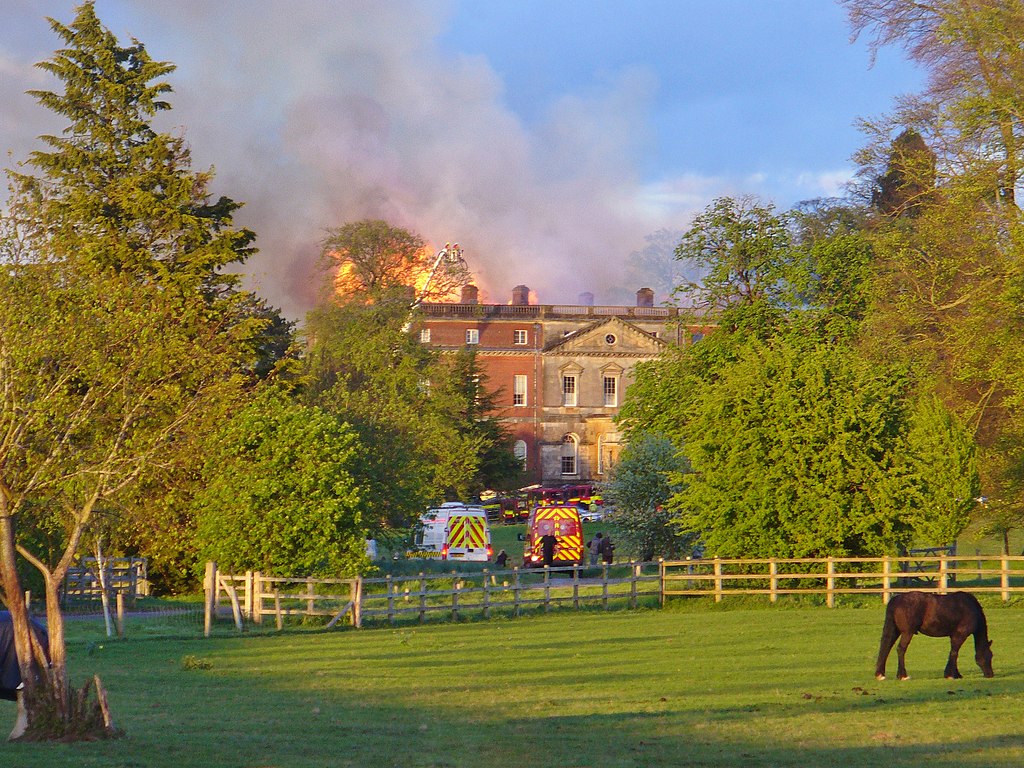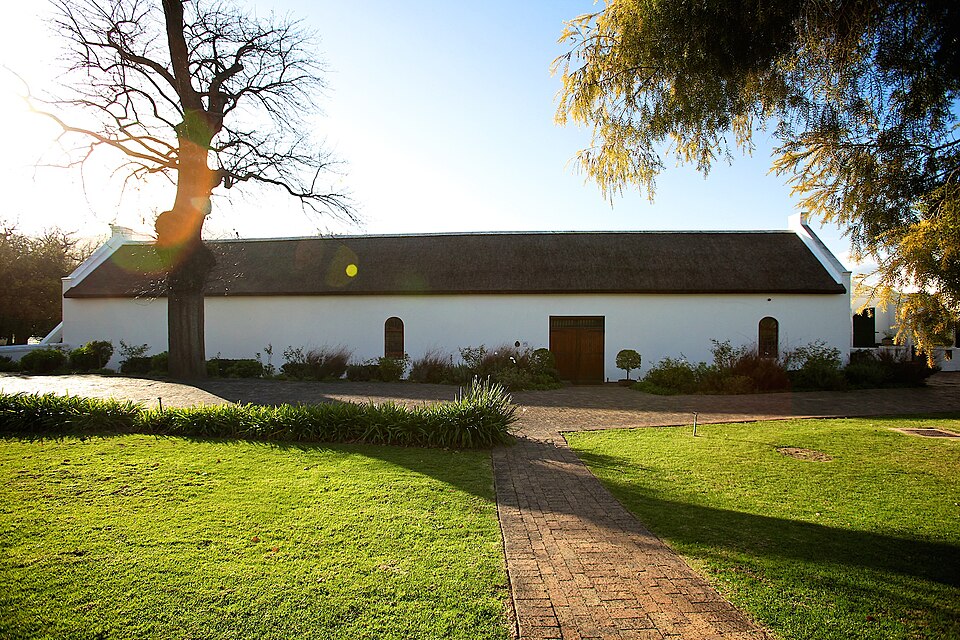Extensive Fire Damages Clandon Park House in Surrey
On April 29th, 2015, a devastating fire engulfed the renowned 18th-century Palladian masterpiece, Clandon Park House near Guildford in Surrey. Originating in the basement, the fire rapidly spread, ultimately reducing the historic structure to what was described as “essentially a shell,” leaving only the Speaker’s Parlour intact. The Surrey Fire and Rescue Service, deploying 16 fire engines and over 80 personnel, faced challenges, including delays in acquiring sufficient water, while attempting to combat the blaze.

Firefighters received commendation for their efforts in combatting the Clandon Park fire and salvaging artifacts, even though Surrey Fire and Rescue fell short of meeting a response target. During the incident the county’s secondary arrival target was not met, leading a four-man crew from Guildford station to grapple with the blaze for 13 minutes before additional support arrived.
Clandon Park, under the stewardship of the National Trust since 1956, was constructed in the 1720s and housed a significant collection of 18th-century furniture, porcelain, and textiles before the fire. The loss of numerous historic artifacts, paintings, and pieces of furniture in the incident was deemed a national tragedy.
Following the catastrophe, in January 2016, the National Trust announced ambitious plans for the restoration of the primary rooms on the ground floor to their original 18th-century designs. The upper floors were earmarked for use in exhibitions and events. However, a shift in strategy occurred by 2022, with the Trust deciding to focus restoration efforts on specific elements, including the Speaker’s Parlour, external walls, roof, and windows. The remaining portions of the house will be conserved in their ruined state but made accessible to the public.
Amidst the restoration challenges, a Surrey-based contractor faced accusations of inadequately executing building work at Clandon Park, exacerbating the damage caused by the fire. The National Trust, burdened with a £115 million repair bill, grappled with the aftermath of the incident, which not only impacted the architectural gem but also resulted in significant losses of valuable cultural artifacts, including tapestries and porcelain.




